Badminton
Where is the promised golden period of Indian badminton?
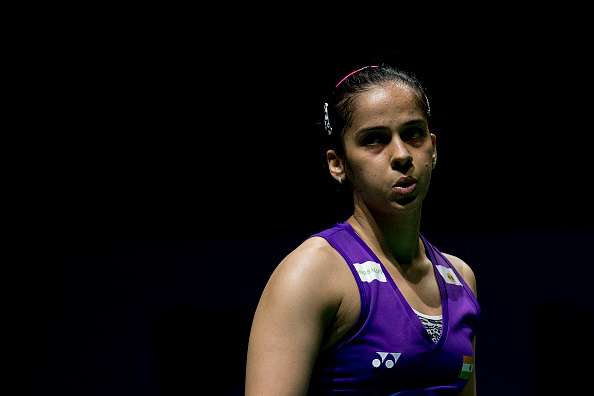
“This is the golden period of Indian badminton.”
Back in 2015 — when a certain Saina Nehwal, who was perceivably more focussed on her career than any other thing, was World No. 2, PV Sindhu, the current World Champion, a youngster on the brink of a historic Olympic medal, and six other men shuttlers in the World top-50 — these words had come out from the legend himself, Prakash Padukone.
Indeed, those were exciting times for Indian badminton. A proven warhorse dominating the world, a talented youngster breathing down her neck, a healthy group of men led by Kidambi Srikanth waiting for every opportunity to seize the world. Then, the sport was injected with another heavy dose of popularity when Sindhu won silver in Rio. That was the landmark moment of the last decade in Indian sports.
However, almost four years from then, where does Indian badminton really stand? Can we still consider it as the ‘golden period’? The performances of our shuttlers, (bar a couple…okay, three, if you consider Satwik and Chirag separately) in the international circuit over the past couple of years tell a different story.
Whatever happened to Saina?
Consider Saina’s case. Indeed, she is no longer the fiddly 25-year-old who can run up and down a court all day long. The deterioration in her stamina is apparent. She has had injuries to deal with and, also, a stiff competition within her own domain. But that, in no way, should justify why she is lagging behind so much in the Race to Tokyo rankings.
Saina had shown glimpses of her past self last season. A semifinal run, beating Nozomi Okuhara in the quarters, at the Malaysia Masters was followed by a title win at the Indonesia Masters. Although she was a bit fortunate in the final, her win against He Bing Jiao in the semifinal reminded many of old Saina.
But through the rest of the season, the 2012 London Olympic bronze medallist only reached the quarters thrice and failed to make it past the first round on seven occasions. She is some 7000-odd ranking points away from a Tokyo Olympic berth.
Having featured, with distinction, at Beijing in 2008, London in 2012 and Rio de Janeiro in 2016, Saina definitely wants to qualify for the 2020 Olympics in Tokyo and possibly bettering the colour of her medal in what could be her final Olympic appearance.
She has made that very clear in the recent past, and, in fact, in her all-consuming desire to make the cut, the 29-year-old star had even given the Premier Badminton League (PBL) a miss for the first time in her career. By giving up the opportunity to play in the lucrative league, Saina did make a bold statement. But where is that attitude on court?
Saina needed to defend her hard-earned points at last year’s Indonesia Masters but she bowed out in the first round, losing to someone she used to boss around in her heydays. She then followed it up with yet another first round defeat at the Thailand Masters Super 300.
The men’s singles conundrum
Srikanth, on his part, has fallen from the great heights he had scaled back in the day. After claiming four Superseries titles in 2017 and climbing to the World No. 1 position in 2018, the 26-year-old Guntur-born shuttler is struggling to find his feet and get going.
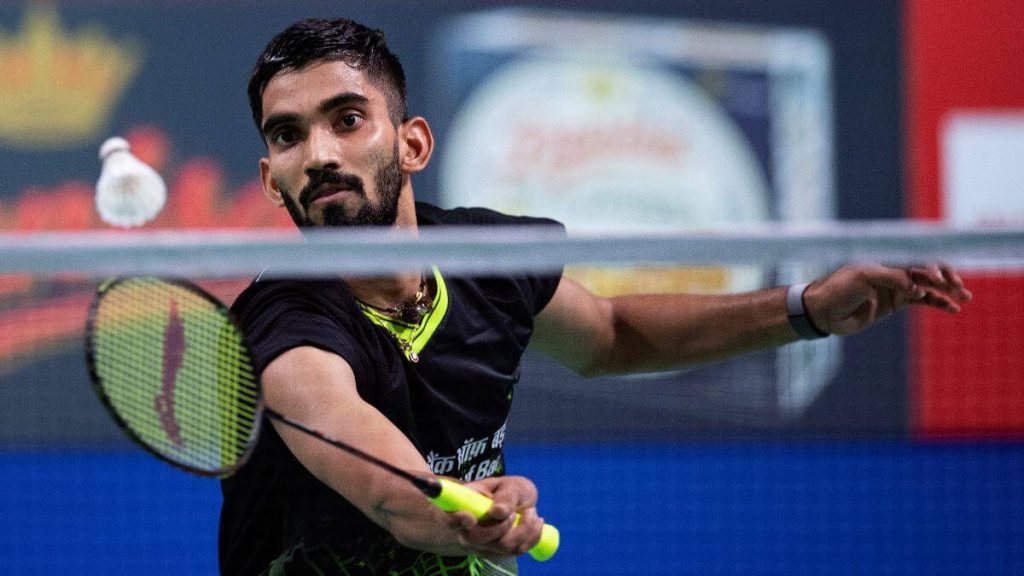
A string of first-round exits has seen him fall behind and drop out of the top-10. So much so, making it to Tokyo seems quite a difficult task for Srikanth. Perhaps, it’s just a bad patch of form — after all, every sportsman, even from Roger Federer to Virat Kohli, endures a poor run at least once in their career.
By his own admission, Srikanth has endured a ‘tough six months’. It’s not like he has not been trying. His semifinal run at last year’s Hong Kong Open begged the conjecture that, after a lengthy barren patch, he was finally nearing the kind of form that netted him four Superseries titles in the 2017 season. But then again, 2020 began on an ominous note with three straight first-round defeats.
The story is very similar for HS Prannoy. Once seen as one of India’s best talents in men’s singles, the Delhi-born shuttler lost his way due to injuries. Prannoy made it past the pre-quarters only thrice last season. His best performance was beating Lin Dan and reaching the last 16 at the World Championships. But then again, inconsistency has crept into his game. The 27-year-old is far from his feisty, hungry self and needs to pull up his socks sooner rather than later.
Sai Praneeth, Sourabh Verma and rising star Lakshya Sen were the only bright performers for India through 2019. However, they are some way off from that top-bracket, the gulf is real and it exists.
Where does Indian badminton stand?
The situation in doubles is worse. Other than Satwiksairaj Rankireddy and Chirag Shetty, no pair has been able to even make a mark in the international stage. Apart from Ashwini Ponnappa and N Sikki Reddy, no other women’s doubles pair features in international tours regularly. And, even they fail to register a single win and crash out in the first round, mostly.
If you look at India’s second-string shuttlers — who is there beyond Sindhu and Saina in women’s singles? No one. Among the men, the likes of Sameer Verma, Subhankar Dey among others have all flattered to deceive.
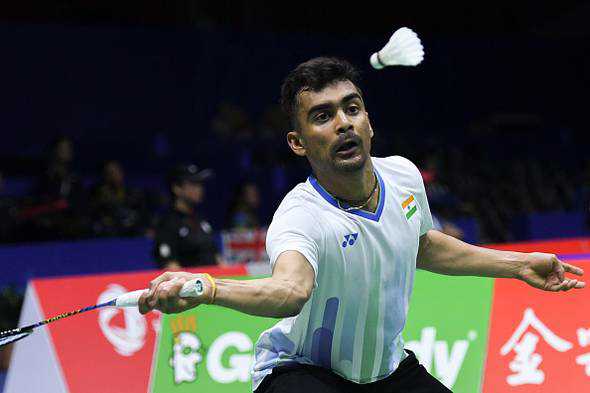
Blame it on the lack of support, blame it on mismanagement, blame it on anything, the fact remains the same — no junior shuttler has been able to take up the mantle and find a way.
Take a look at the other top badminton nations and how their shuttlers perform, consistently, at the world stage. Japan, China, Indonesia — look at the depth they have. In comparison, India is nowhere close.
Injuries, illness, even BWF’s scheduling have been put forward as reasons for the shuttlers not being able to meet expectations. But, if you ask me, these are nothing but excuses. Every sportsperson in the world has to deal with injuries, that is the exact reason why so much money is going into fitness programmes and research on how to prevent injuries rather than cure them.
And coming to the so-called ‘crammed schedule’ — indeed, it’s tough but aren’t the likes of Tai Tzu Ying and Kento Momota and so many others facing the same challenge?
Are junior players taking advantage of PBL exposure?
When the Indian Badminton League (IBL), later rechristened to Premier Badminton League (PBL), was first organised in 2013, a lot of faith had been put into the system. It was widely considered that a franchise-based IPL-style league would give birth to a new generation of badminton players, ready to take on the world — just like it did in cricket.
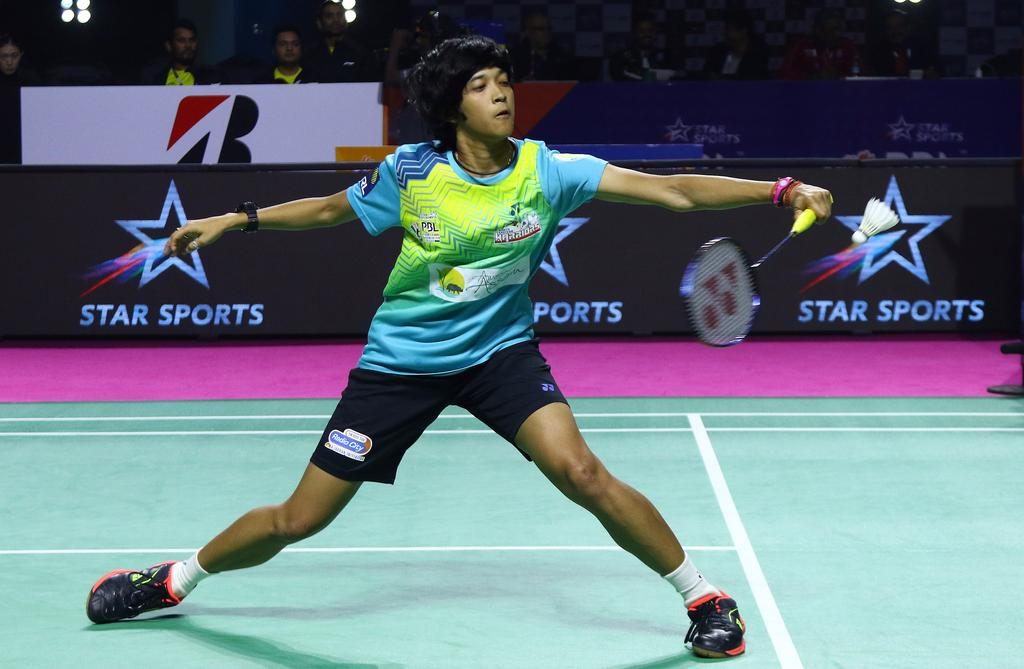
Six years, as many editions, a change in name, and much more down the line, where is this new generation? Despite PBL allowing players to play the sport seriously and offering an equally good remuneration for the players and coaches, we haven't seen players coming up and hogging the limelight from the tournament.
Why? Well, there could be a host of reasons. One reason could be that the PBL is only a three-week-long tournament (currently). Of course, with BWF’s tightly-packed calendar, it is tough to turn it into a longer format and the organisers can’t do much about it. Second, there are only so many spots or opportunities available for upcoming youngsters in a PBL team.
This season, with Carolina Marin, Saina, Srikanth, Prannoy absent, it has improved to a certain extent and the likes of Ashmita Chaliha, Gayatri Gopichand, Priyanshu Rajawat are being given a stage to shine, a stage where they can test themselves against the World’s bests. Where else would you see 17-18 year-olds exchanging blows or sharing dugouts with stars like Tai Tzu, Sindhu, Lee Yong Dae, and Hendra Setiawan? And yet, despite the opportunity, their performances on the court have been below par.
One question arises — are the young Indian shuttlers even taking the PBL seriously? Either that or they are just not good enough. These youngsters need to do more than just take the court against top shuttlers. They need to have the mentality that they are not just going to play but to win, only then can we expect some improvement.
Are there only dark spots?
No, of course, not.
Lakshya Sen has shown he is capable of doing well in the senior circuit after dominating the junior one. A number of title wins and good performance in 2019 have spurred confidence in him that was not seen before.
Sindhu, of course, has grown from strength to strength in these last few years. If earlier there was the question of winning the big finals, the 24-year-old showed how much she has changed and improved, mentally, when she bagged the gold medal at last year’s World Championships.
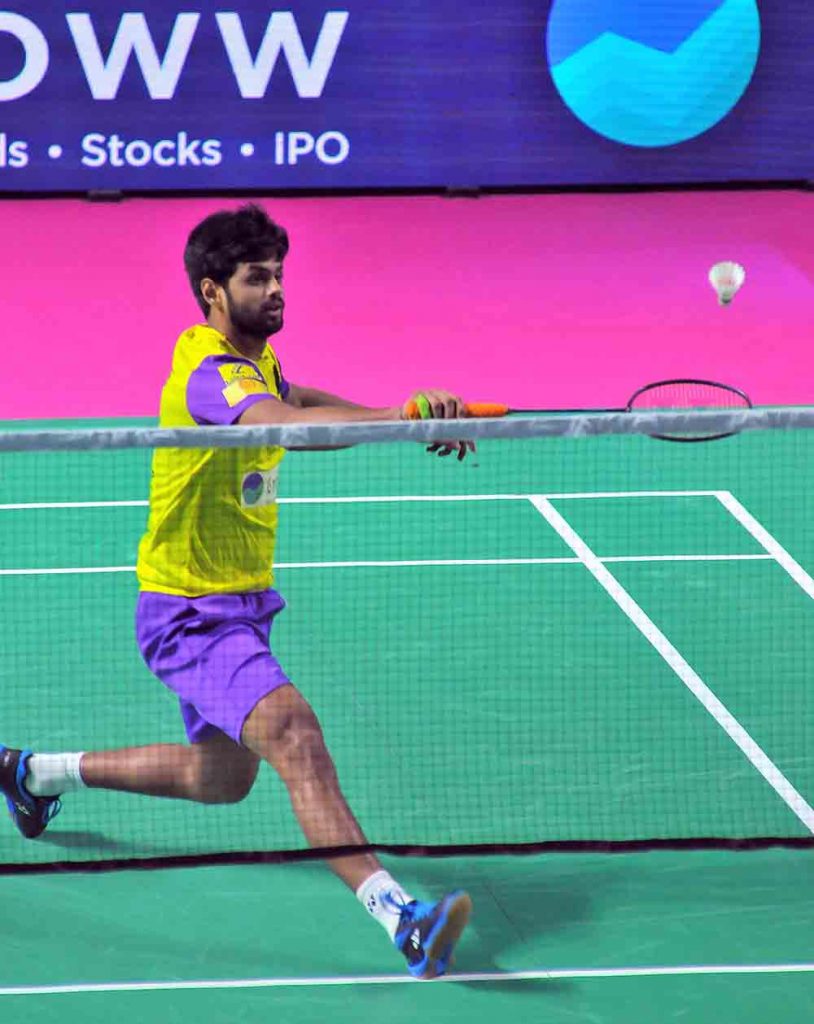
Sai Praneeth’s historic bronze medal win at the World Championships was also quite a commendable feat, especially because no one had expected it. And, from nowhere, Satwik and Chirag have risen up the ranks and set the stage on fire with their ever-improving performances over the last two years.
So, while it is arguable whether or not the ‘golden period’ is still continuing, one cannot say Indian badminton has been at a standstill. It has certainly moved forward, maybe not to the expected margins, but definitely somewhat. The need of the hour is introspection, proper planning, strategising and, most importantly, grassroot development.
Former player-turned-coach Arvind Bhat feels the same. “See, the sport has experienced a steep upward curve not only in India, but all over the world in the last decade. With the rise in popularity of the sport and the shuttlers, the expectations have gone up as well. People want immense success immediately, but it doesn’t happen overnight. It takes time. The potential for India to become a powerhouse is still there, we just have to be patient enough,” he says.
When India will dominate the scene like a China or a Japan or an Indonesia, when they become a powerhouse, only then we can all say together, ‘It’s the golden period.’ Until then, let’s wait and watch.






